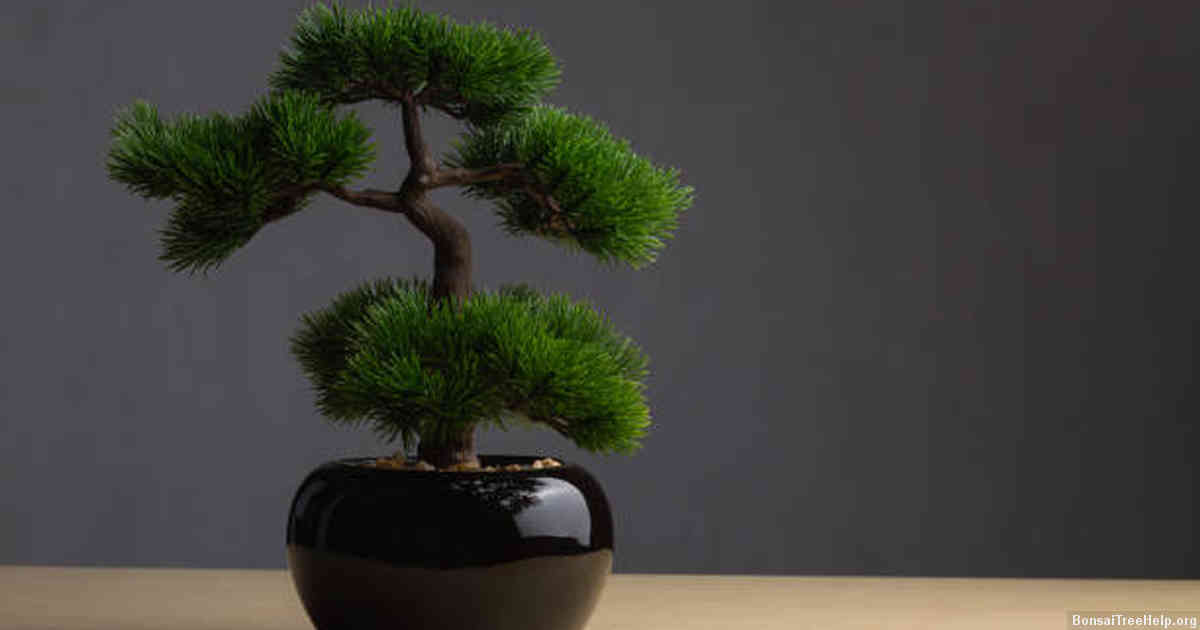
The best time to replant a bonsai is once every two or three years. While you may be tempted to repot your bonsai more frequently, it can actually lead to stunted growth and weak roots. To get the most out of your bonsai, wait until the soil begins to break down before you repot. You’ll know it’s time when your plant starts looking tired and worn out – this means the nutrients in the soil are depleted and need refreshing. At this point, gently take your bonsai out of its pot and remove any old soil from around the root ball while being careful not to damage or disturb too many of the roots. Repot with fresh soil and water well after transplanting for optimum health benefits.
Contents:
- Signs to Look for in Your Bonsai Before Replanting
- Understanding the Growth Cycle of Bonsai Trees
- Key Factors That Affect Replanting: Type of Soil and Pot Size
- How to Properly Remove and Repot Your Bonsai Tree
- The Best Time of Year to Replant Your Bonsai
- Tips on How to Care for Your Repotted Bonsai Tree
- Common Mistakes to Avoid When Replanting Your Bonsai
Signs to Look for in Your Bonsai Before Replanting
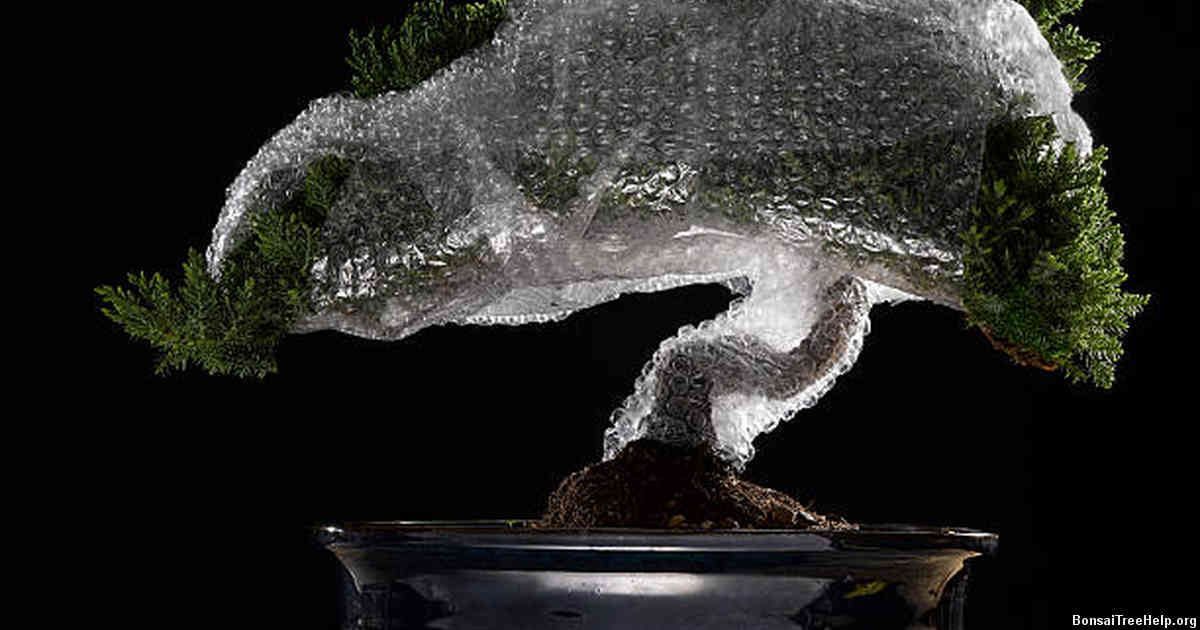
Repotting bonsai is an essential part of bonsai tree care and should be done when it’s needed. To know for sure when it’s the right time to replant your bonsai, there are certain signs you can look out for.
The first sign that the time has come to repot your tree is if its pot is too small. When a bonsai tree becomes root-bound and fills its container too much, it needs to move into a larger pot size in order to receive adequate nourishment from nutrients in the soil. Alternatively, roots may also grow through drainage holes or up above the soil surface; both situations indicate that your tree needs more room in which to grow.
Another thing to keep watch over is whether or not roots begin curling around themselves or intertwining with other branches – this means they’re trying to find space elsewhere as they have no more room left in their current environment. Once the root system starts becoming tangled together like this, you must act immediately and give them more room in a new pot as soon as possible.
Ultimately, understanding how often you need to replant your particular type of bonsai will depend on several things such as age, size, variety and species – all of which are important factors that determine just how often you need to change pots accordingly. If any of these signs manifest themselves with your bonsai then know that it’s time for a new home.
Understanding the Growth Cycle of Bonsai Trees
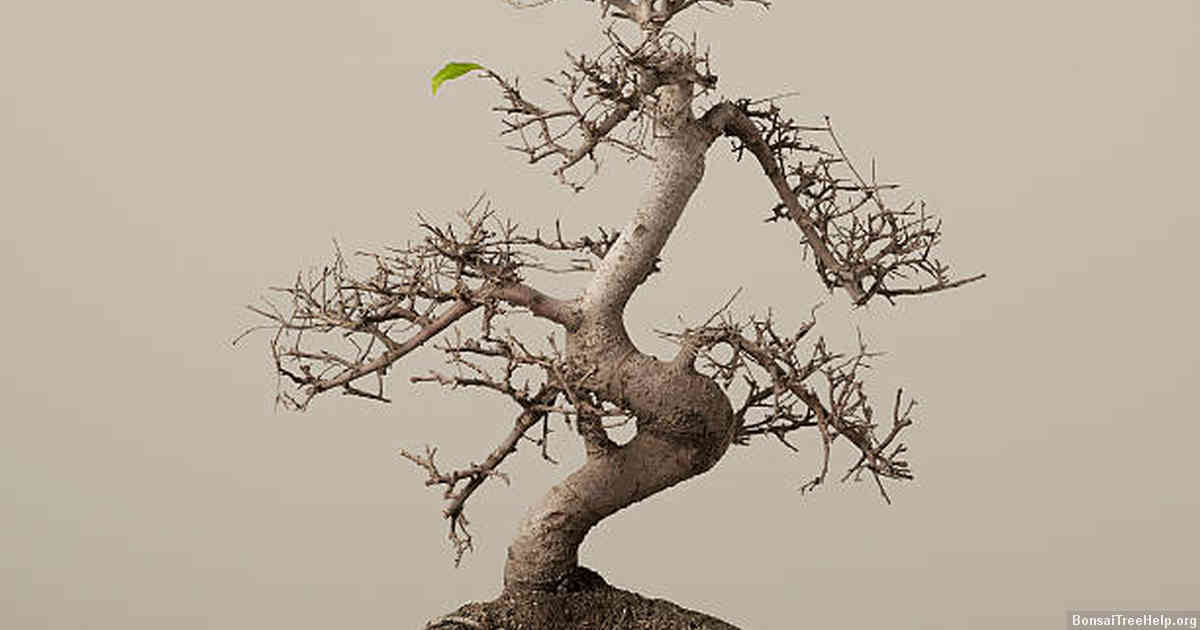
Bonsai trees, while beautiful and admired for their small size, are actually living organisms like any other. As such, they experience growth and seasonal changes just like traditional tree species. To ensure healthy growth and long-term success with a bonsai plant, understanding its natural growth cycle is key.
Every bonsai needs to be transplanted regularly to provide new soil, nutrients, oxygen and even repotting a larger pot as the roots grow. Typically the ideal time of year to transplant is at the start of spring when active sap flow resumes in all plants. This ensures that some budding may have already occurred but before they become overgrown in their current pot. By replanting during this period it can give your bonsai an opportunity to break out of dormancy or slow growth cycles induced by cold winter months and subsequent lack of light exposure for photosynthesis needs.
Transplanting at the start of spring has been found to also help maximize absorption of water resources and newly added fertilizer for those plants which might need an extra boost. Allowing enough space between root zones when replanting is also important as it gives adequate space for developing roots without running into each other creating competition for available resources from surrounding soil. When properly cared for before hand, optimal rainfall should still occur ensuring sufficient hydration levels across warmer summer periods so as not to shock the tree too much with immediately increased moisture exposure in one hit post-transplantation.
Key Factors That Affect Replanting: Type of Soil and Pot Size

When replanting a bonsai, two key factors to consider are the type of soil used and the size of pot it is planted in. The type of soil affects water retention and drainage, as well as nutrient availability for your tree’s roots. All types of bonsai benefit from a combination of sandy, loamy and organic matter-rich soils that allow roots to spread out and obtain essential nutrients. When selecting a planting medium for your bonsai, opting for lighter materials like pumice or sphagnum moss will reduce compaction which can lead to suffocation in root systems over time.
The size of pot chosen for replanting also affects how healthy your tree will be over time. A container that is too small may inhibit root growth and stunt plant development while an overly large container can cause waterlogging since there is more area for soil to remain wet with fewer chances of drying out – both scenarios being unsuitable environments in which your bonsai will not thrive. For optimal conditions, choose pots made from unglazed clay or ceramic, select the correct size relative to the root system’s volume, leaving enough room between the edge of the roots and container walls. Provide adequate drainage using mesh screens at the bottom before adding soil mix; this ensures any excess water has somewhere safe to escape.
How to Properly Remove and Repot Your Bonsai Tree

Removing and repotting your bonsai tree is an essential part of its maintenance. If done incorrectly, it can potentially harm the roots or even kill your beloved plant. Following a few simple steps will help to ensure that you correctly remove and repot your bonsai tree with minimal fuss.
Make sure you have the correct potting soil ready before you begin as this is crucial for the successful replanting of your bonsai. Using a good-quality soil that has been specifically designed for planting in containers is recommended. You should also be sure to avoid any type of garden soil which may contain harmful pests or diseases that could damage your precious bonsai tree.
Next, you will want to carefully take out your bonsai from its current container by loosening up some of the old soil around its rootball before lifting it out gently so as not to disturb the delicate root system. Once removed from the old pot, rinse away any residual dirt and look for any signs of dry rot or diseased roots – if necessary trim away these sections with sharp pruning shears before re-potting into the new container with fresh soil mix and packing down lightly around the sides of each rootball using your fingers or a small stick. Water thoroughly to ensure all of the newly planted areas are thoroughly moistened and kept hydrated while they adjust to their new home over time.
These simple steps will help ensure that when you replant your bonsai tree, it has every chance at being happy and healthy in its new surroundings.
The Best Time of Year to Replant Your Bonsai
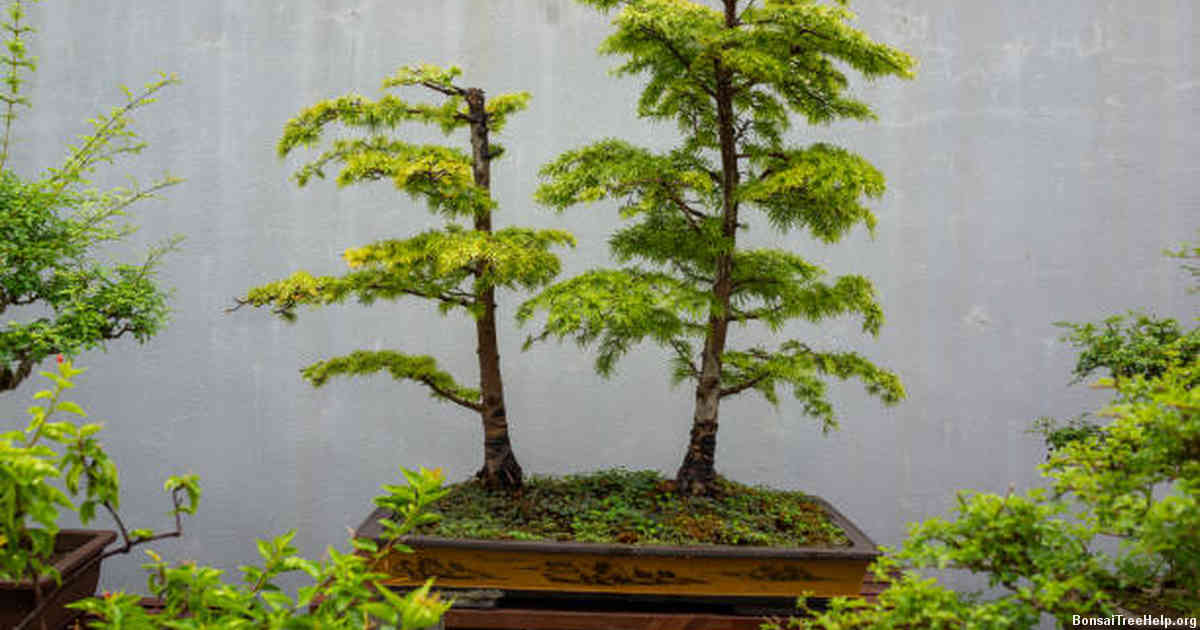
When it comes to caring for a bonsai, replanting is an important part of the process. For those looking to give their beloved tree a new home or pot, timing can be critical and may vary depending on your climate and the species you have. Generally speaking, spring is considered the best time of year to perform this task as it provides ideal conditions for transplantation success.
If living in cooler climates with winter seasons, it’s recommended that replanting your bonsai be done towards the end of April or beginning of May when temperatures start rising and growth begins again after dormancy. This allows the tree time to acclimate before summer temperatures arrive and evaporation increases. When dealing with tropical varieties however, late spring through early summer is generally recommended when humidity levels are higher and trees are actively growing due to extended warm weather periods.
Although fall can often present better soil conditions than other times of year as well as being less stressful on a newly transplanted tree due to moderate temperatures, planting just prior to winter becomes risky because cold weather could cause shock or decline in some plants such as conifers or deciduous varieties that require Winter chill for hibernation purposes. To minimize risks associated with changing environments at any point during these seasonal transitions (spring/fall), its best practice check your local climate data and observe how long hot spells usually last before attempting bonsai transplantation mid-season instead of waiting until perfect conditions prevail throughout all four seasons.
Tips on How to Care for Your Repotted Bonsai Tree

Caring for a repotted bonsai tree is an important part of maintaining its shape and beauty. Proper care will ensure that your bonsai continues to look its best, regardless of how often you replant it. Here are some tips to help you get the most out of your new potted plant:
First, make sure you’re using the correct soil mix for your particular bonsai species. Different types need different mixes in order to thrive. You may want to consult with a professional if you’re unsure what type of soil is best for your tree. Be sure to water regularly and provide it with enough sun or artificial light – both vital components for sustaining life within the tiny pot environment.
Fertilizing also plays an essential role in providing your bonsai with all the nutrients necessary for growth and development. Try using specialized fertilizer designed specifically for bonsais, which comes in various forms such as granules or liquid sprays, or choose an organic version like compost tea. Regular applications are key in helping replenish depleted minerals so that they can continually perform at optimal levels.
Be mindful of pruning techniques when working on cultivating a desirable shape; improper cuts could lead to unsightly results and negatively affect the health of your tree over time. Carefully remove any damaged branches and leaves while selecting wisely where new ones should grow instead – this will set up a well-balanced structure that’s pleasing to the eye while allowing ample airflow throughout each individual part.
Common Mistakes to Avoid When Replanting Your Bonsai
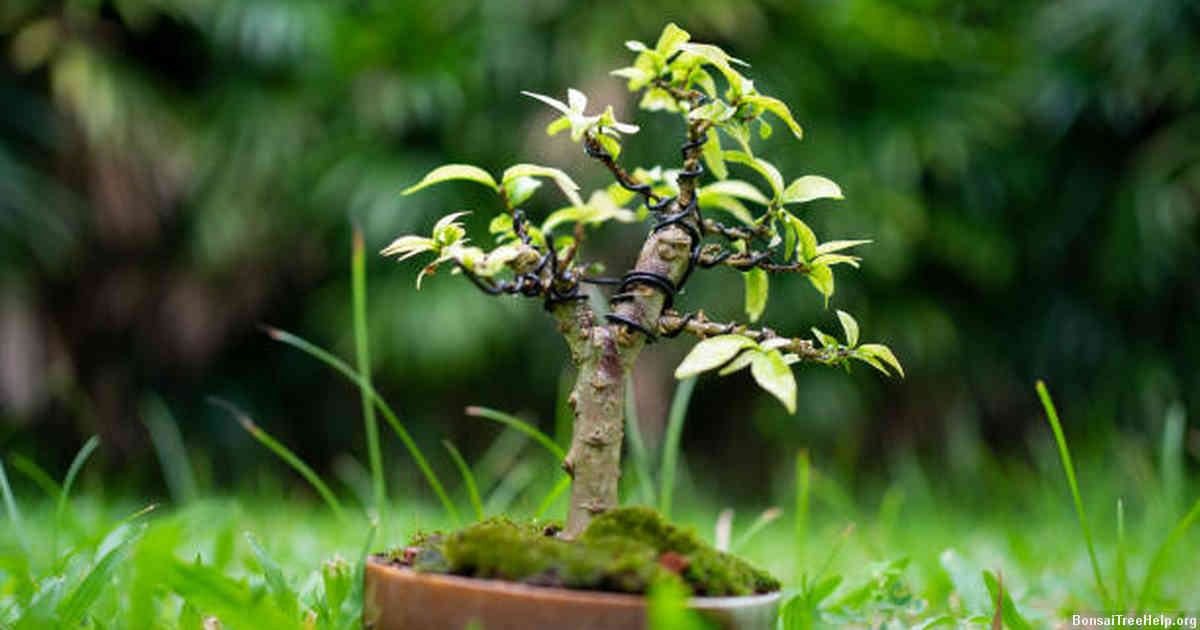
For anyone looking to replant their beloved bonsai, there are some key mistakes to avoid. One of the most common issues people have when it comes to re-potting their trees is waiting too long. It’s essential that your bonsai tree is in a new pot before its root system has filled up the existing one – otherwise, you risk the tree suffering from poor growth and potentially even dying. Similarly, many people make the mistake of transferring their bonsais into large pots right away. Although bigger pots hold more soil and offer more space for roots to grow, they can actually make water retention quite tricky as they tend to lose moisture faster than smaller containers due to increased evaporation. Therefore, it’s important to consider the size and shape of your pot carefully so that it accommodates both the current stage of development of your tree and its long-term growth potential.
Another key point in replanting bonsais is the quality of soil used; opting for materials like peat moss or river sand are certainly not advised as these can lead to compaction and drainage issues with time. Ideally, you should be using an organic soil mix specifically designed for bonsais which will help keep its structure loose enough for excellent aeration and also ensure ample nutrients in order for healthy root development. Repotting would ideally be done at times where high levels of active growth aren’t expected such as late fall or early winter; transplanting your plant during such periods reduces shock from new environmental conditions making them easier on newly developed roots systems. Remember that pruning should always come after repotting – roots require a few weeks time recover before going through any substantial pruning sessions.
Leave a Reply